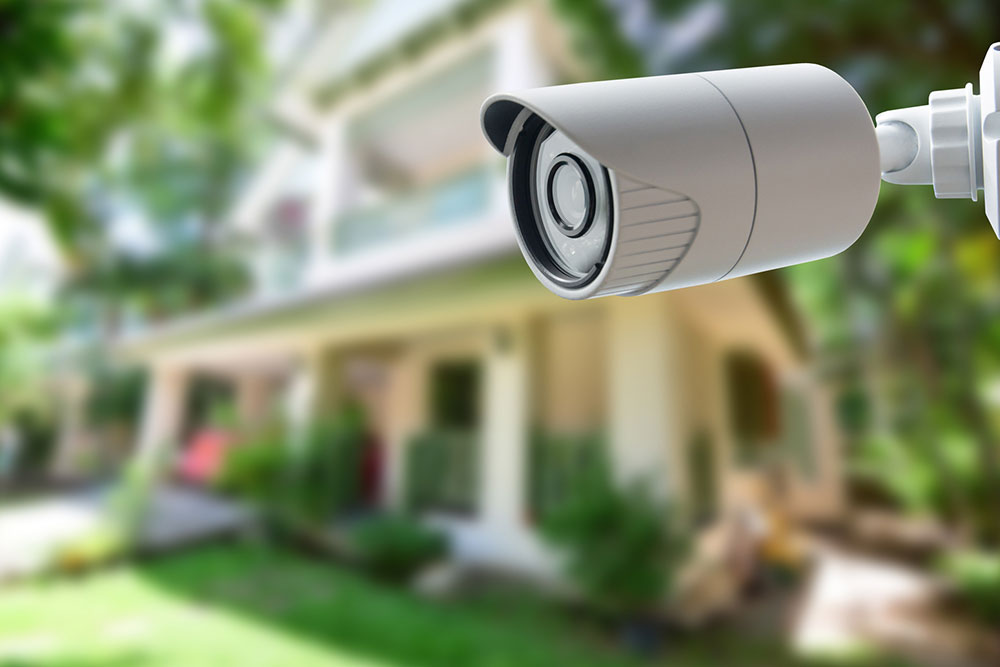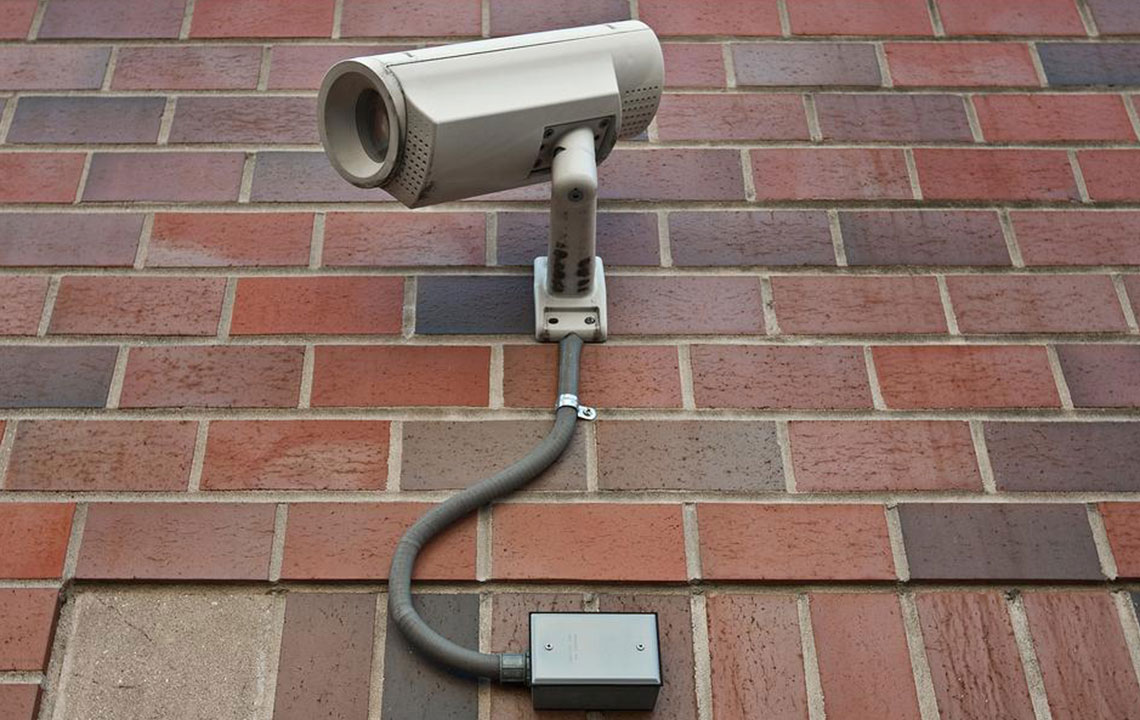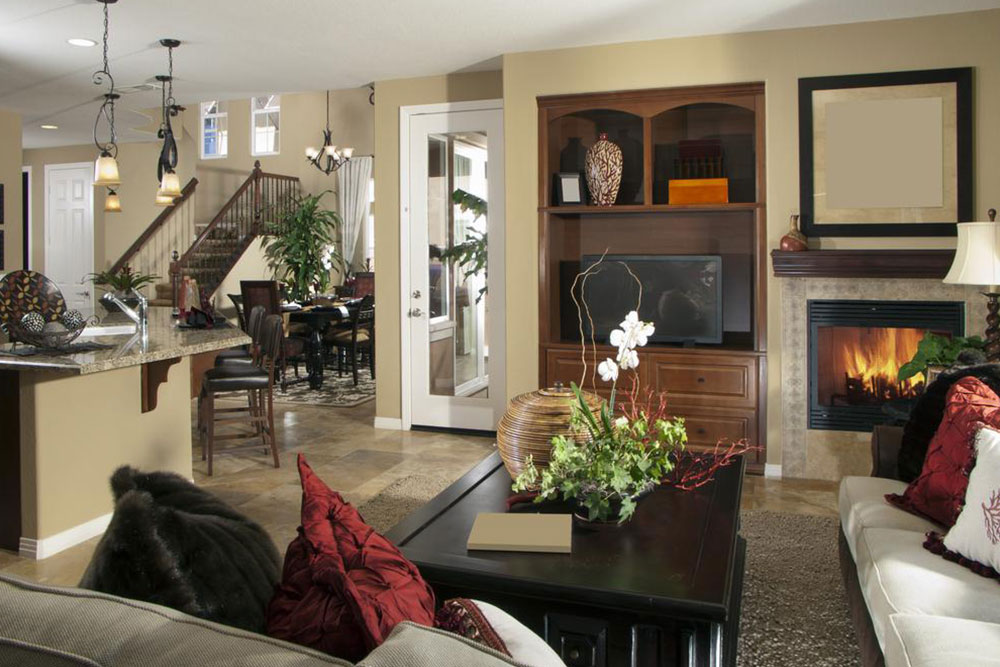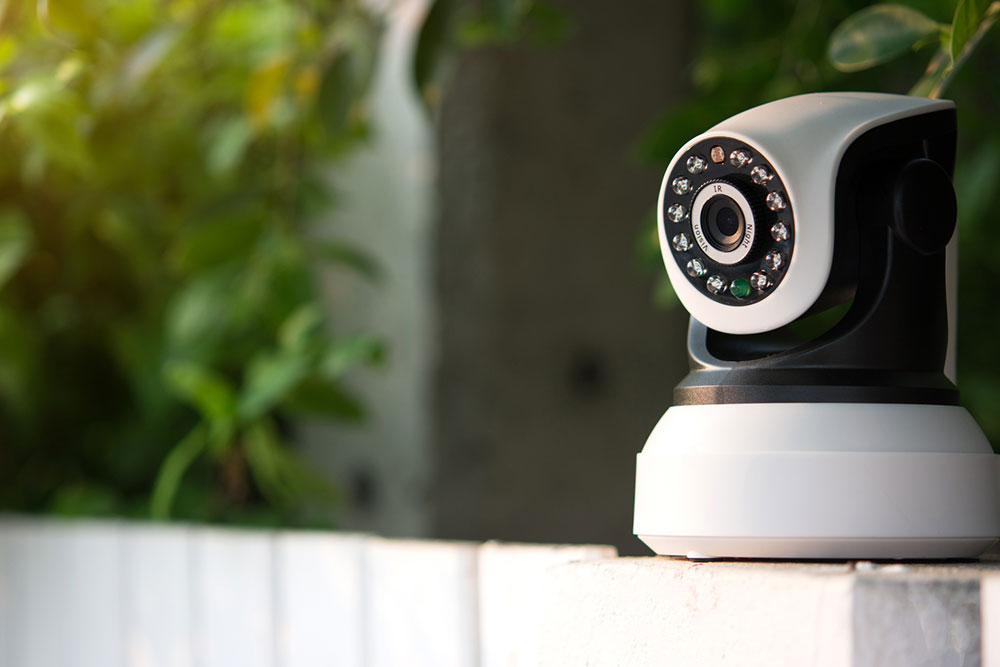Comprehensive Guide to Wireless Security Cameras for Home Safety: Features, Budget Considerations, and Top Recommendations
Discover everything you need to know about selecting the best wireless security cameras for your home. From key features like resolution, storage options, and weather resistance to budgeting tips and expert recommendations, this comprehensive guide helps you make an informed decision. Enhance your home security effortlessly with the right system tailored to your needs and environment.
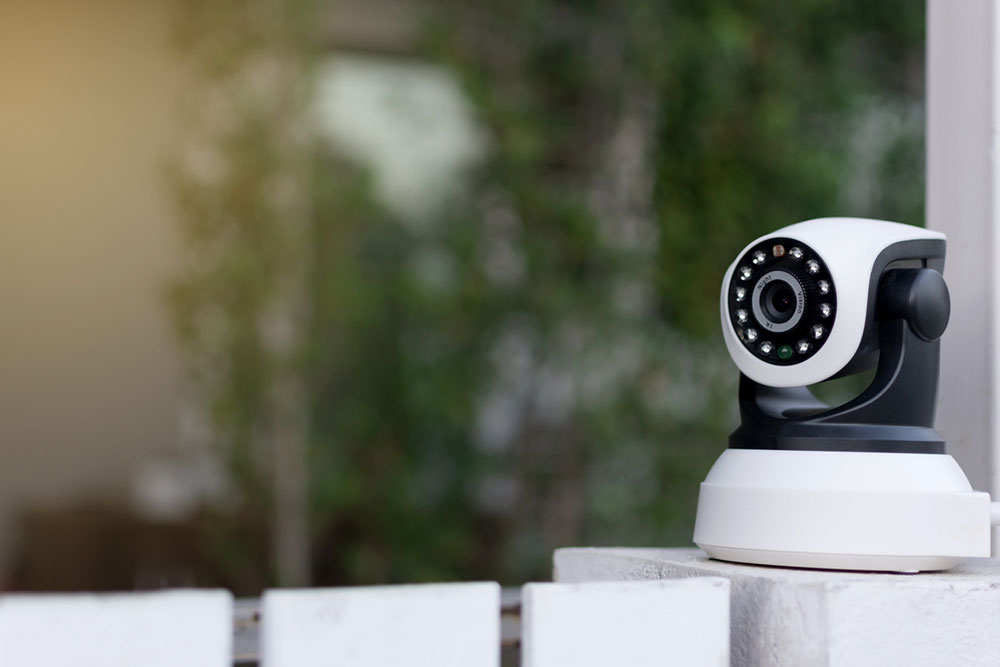
In recent years, the evolution of home security technology has transformed how homeowners protect their properties. Wireless security cameras have emerged as a dominant solution, offering ease of installation, real-time monitoring, and advanced features that enhance home safety. These devices connect effortlessly to Wi-Fi networks, allowing users to access live video feeds and receive instant alerts on their smartphones, regardless of their location. With an array of options available in the market—from different resolutions to varying weather resistance capabilities—it can be challenging to choose the right system. This comprehensive guide aims to provide in-depth information on essential features, budget considerations, and expert recommendations to help you select the best wireless security cameras suited for your home.
Understanding the Key Features of Wireless Home Security Cameras
Investing in a wireless security camera system is a significant step toward safeguarding your home. However, not all cameras are created equal, and understanding their features is crucial for making an informed decision. Here are the core aspects you should evaluate before making a purchase:
1. Image Resolution and Video Quality
The clarity of captured footage plays a vital role in effective surveillance. Higher-resolution cameras—such as 4K (Ultra HD) or 2K (QHD)—offer more detailed images, making it easier to identify faces, license plates, and other critical details. Such high-quality footage is especially useful when you need clear evidence for security and legal purposes. Nevertheless, recalls that higher resolution demands a robust Wi-Fi connection and larger storage capacity, which may increase overall costs. Most popular options fall within the 2K to 4K range, balancing image clarity with system efficiency.
2. Storage Solutions: Cloud Versus Local Storage
Storing footage securely is paramount. Many wireless security cameras provide cloud storage options, which offer the convenience of remote access and data protection against physical damage or theft. Cloud storage services often operate on a subscription basis, with various plans catering to different storage needs. Alternatively, some models support local storage via SD cards or NVR systems—these give homeowners more control and can eliminate ongoing subscription costs. When choosing a system, consider your storage needs, budget, and comfort with managing data locally or remotely.
3. Battery Life and Power Options
For wireless cameras, battery performance is a critical factor, especially for outdoor units where plugging into mains power might not be feasible. Long-lasting batteries ensure continuous surveillance without frequent recharging or replacement. Look for models with batteries rated between 3,000 and 10,000 mAh, which typically last from several days to months depending on usage. Some cameras feature rechargeable batteries with low-energy modes that extend operation. For enhanced reliability, consider models with solar power capabilities, guaranteeing power even during extended outages.
4. Indoor and Outdoor Compatibility
Differentiating between indoor and outdoor security cameras is essential, as each environment demands specific features. Outdoor cameras must withstand weather elements such as rain, wind, and temperature fluctuations. Check for an appropriate ingress protection (IP) rating—in general, IP65 or higher signifies sufficient weatherproofing. Indoor cameras, meanwhile, typically do not require such robust sealing but should offer clear audio, wide viewing angles, and sleek designs suitable for interior decor.
5. Night Vision with Color Capability
Effective surveillance during nighttime relies on advanced night vision features. Cameras equipped with infrared (IR) night vision can operate in complete darkness, but color night vision provides more detailed footage by capturing color information in low-light conditions, making identification easier. Additionally, some cameras incorporate built-in floodlights or spotlights that activate when motion is detected, serving as a visual deterrent and illuminating dark areas for better footage quality.
6. Field of View and Coverage Area
The wide-angle lens determines the extent of coverage a camera can provide. Standard lenses offer around 110 degrees, but some models feature ultra-wide or panoramic views, capturing more area in each shot. This reduces the number of cameras needed to cover large spaces and enhances overall security coverage. Properly positioning cameras at optimal heights and angles maximizes their effectiveness in monitoring your property.
7. Built-in Security Features and Alert Systems
Many modern wireless security cameras come with integrated alarms, intrusion sensors, two-way audio, and smart alerts. These features enable immediate response to suspicious activities, tight integration with home automation systems, and enhanced security workflows. Cameras with sirens can scare off intruders, while two-way communication allows homeowners to interact with visitors or intruders directly through the camera app.
Pricing Range and Budgeting for Wireless Security Cameras
The cost of wireless security cameras varies widely based on features, brand reputation, and technology sophistication. Budget-friendly options start around $20-$50, offering basic monitoring, simple installation, and standard resolution. Mid-range models, typically costing between $100 and $250, include higher resolution footage, better night vision, and cloud storage options. Premium cameras, exceeding $400, feature 4K resolution, robust weatherproofing for harsh outdoor conditions, smart home integration, multiple sensors, and advanced AI-based detections.
Strategies for Selecting the Best Wireless Security Cameras
Evaluate your property layout to determine the number and placement of cameras needed for comprehensive coverage.
Ensure outdoor cameras are within the range of your Wi-Fi network to prevent connectivity issues.
Opt for professional installation if you desire optimal setup performance, especially for complex wiring and positioning. However, many models come with detailed DIY instructions for easy installation.
Consider subscribing to professional monitoring services for round-the-clock surveillance, rapid response to alerts, and peace of mind.
Prioritize data security by reviewing the manufacturer’s privacy policies and encryption standards to protect your footage from unauthorized access.
Take advantage of sales events such as holiday promotions and Black Friday discounts to purchase high-quality security cameras at reduced prices.
Position outdoor cameras at a height of 5 to 20 feet to optimize motion detection and reduce false alarms.
Maintain some outdoor cameras in visible locations to serve as effective deterrents to potential intruders.
Regularly update camera firmware and perform maintenance to ensure optimal functioning and security compliance.
Conclusion: Enhance Your Home Security with the Right Wireless Camera System
Investing in a reliable wireless security camera system is one of the most effective measures homeowners can take to safeguard their property, family, and assets. By understanding the key features—such as resolution, storage, battery life, weather resistance, and security integrations—you can select a camera that fits your specific needs and budget. Whether you're aiming for basic monitoring for small apartments or comprehensive outdoor surveillance for large properties, the market offers a diverse range of options suitable for all scenarios. Proper installation and regular system maintenance further ensure your home remains protected, giving you peace of mind and enhanced security.

